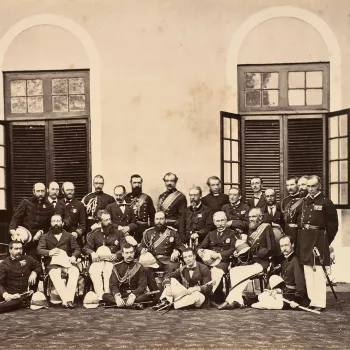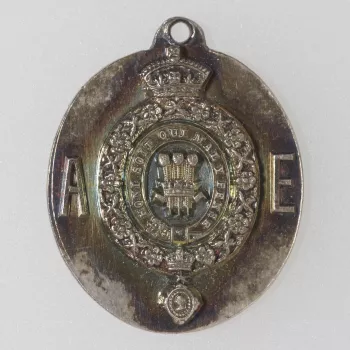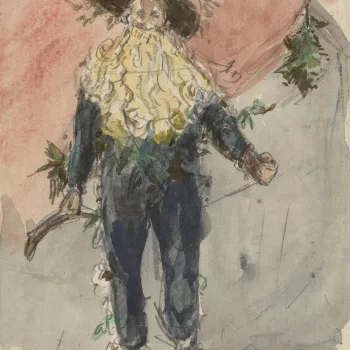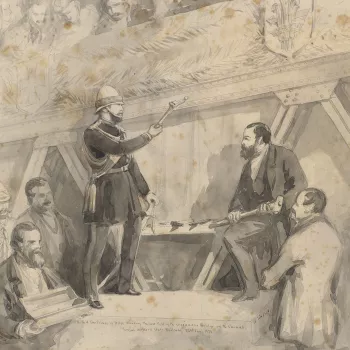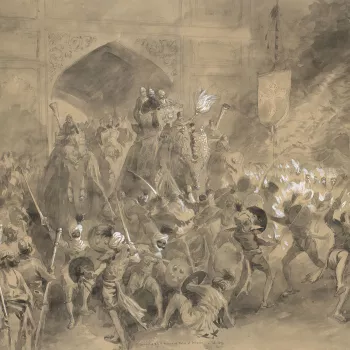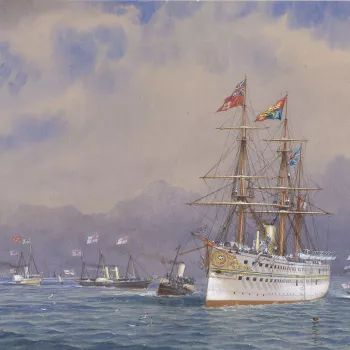The Prince of Wales's Tour of India in 1875-6
Albert Edward's tour aimed to strengthen ties between the two countries
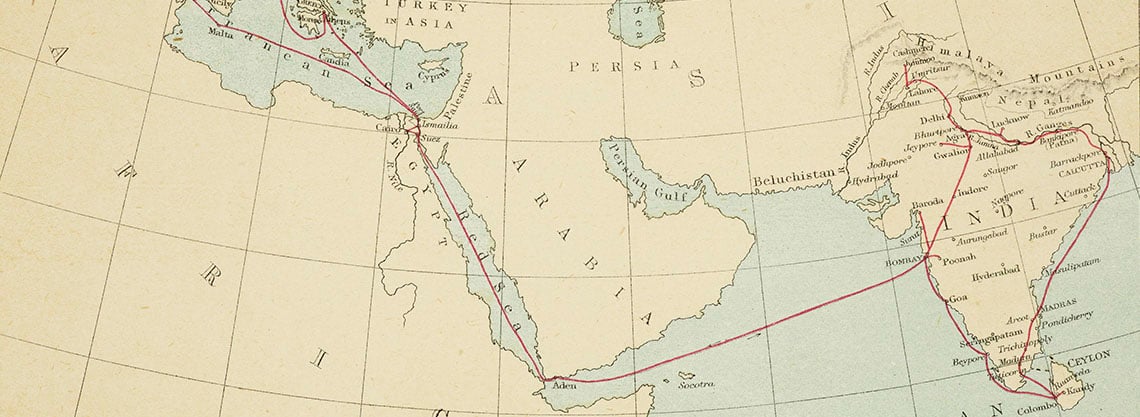
In October 1875, Albert Edward Prince of Wales, the eldest son of Queen Victoria, embarked on an extensive tour of the Indian subcontinent. Here the Prince visited more than 21 towns and cities before returning to England in May 1876. British monarchs and members of the Royal Family undertook lengthy tours to strengthen ties with other countries, and also to learn more about the culture and history of those regions. The Prince of Wales’s tour of India was envisaged as a way of forging diplomatic links between the Indian rulers and the British Crown. The Prince exchanged gifts with each ruler he met and some of the most significant Indian works of art in the Royal Collection today were acquired during this tour.
This trail explores the Prince of Wales's journey around the Indian subcontinent, which encompassed parts of modern-day India, Sri Lanka, Pakistan and Nepal.




